
American Woodcock Becomes Internet’s Favorite With Its Weird Way Of Walking
“Sing like no one is listening, love like you’ve never been hurt, dance like no one is watching, and live like it is heaven on earth”: I think Mark Twain had American woodcocks in his mind when he said that phrase.
These tiny birds with their cartoonish looks and quirky behavior are melting hearts all over the internet.
More info: Animals and Synthesizers
From the funky dancing moves to the upside-down brain – there’s plenty of weirdness about the American woodcock
Image credits: Kim Johnson Photography
Image credits: Mark & Sandra Dennis
Image credits: Martha Gane
The American woodcock is the only member of its family native to North America, with the seven other woodcock species found in Europe and Asia. It’s not very easy to spot these birds outside of their courtship display due to their plumage that allows them to be very well camouflaged when hiding in the leaf litter, where they build their nests and incubate their eggs.
In early March, along their spring migration on their breeding grounds, at twilight, male American woodcocks gather at the forest’s edge to perform their famous ‘sky dance’. It all begins with a series of nasally ‘peent’ calls from the ground. Then they soar in a tornado-like spiral to between 250 and 300 feet in the air and acrobatically come back to the very same spot they took off from where they repeat the entire process all over again in the hopes of attracting a female.
And that’s not the only performance American woodcocks are known for. They are also known for another type of dance, their back-and-forth boogie.
“You’re late for work because you stopped to watch a woodcock’s silly little dance. One of the many perks of working in conservation,” said the message next to a funny video that was shared by The Nature Conservancy in Ohio.
“Why did the woodcock cross the road? To dance to the other side, of course!” shared another bird lover on social media.
The scientists aren’t sure why the birds bob this way, but some believe that it may help them hunt by disturbing earthworms.
Those wanting to see American woodcocks for themselves should look for dense stands of alders, poplars, and other young forests with soggy soil. “You’re not likely to see them out in the middle of a vast, open Illinois cornfield,” explained Brent Rudolph, chief conservation and legislative officer for the Ruffed Grouse Society and American Woodcock Society.
The birds spend their winters in lowland areas from eastern Texas to the Carolinas and breed mostly in states to the north and in southern Canada. In southern states like Kentucky and Virginia, woodcocks typically perform in early April; in Ohio, Illinois, or Indiana, late April is usually the best. In the northern parts of New England and the Great Lakes region, the action heats up in May.
The American woodcock is the only member of its family native to North America, with the seven other woodcock species found in Europe and Asia
Image credits: CornellLab
Image credits: CornellLab
American woodcocks have many nicknames that speak to their haunts and habits, like timberdoodle, mudbat, bogsucker, night partridge, and Labrador twister. Their closest relatives are a group of shorebirds known as snipes.
Since earthworms provide about 60% of the birds’ diet, they have a long bill. It can reach up to three inches and has a sensitive and flexible tip perfect for rooting through soil. The lower third of its beak is packed with nerve endings, helping the woodcocks feel for their prey. Interestingly enough, females have longer bills than males.
Another interesting fact is that males may mate with several different females during the mating season. They play no role in nest selection, incubation or rearing of the young.
The brain of an American woodcock is something that makes them truly unique among birds. The cerebellum, which controls muscle coordination and body balance, is below the rest of the brain and above the spinal column. Some researchers believe that as the woodcock evolved, the eyes moved back in the skull, the bill lengthened and the nostrils approached the base of the bill, allowing for enhanced ground-probing abilities and as a result, the brain was rearranged to an upside-down orientation.
The woodcock’s eyes are large and situated far back on its head so that it likely has panoramic vision both above and behind to detect potential predators. Due to the eye position, the bird’s ear openings are set under the eyes, instead of behind, as they usually are in most birds.
Researchers aren’t sure why woodcocks bob this way, but some believe that it may help them hunt by disturbing earthworms
Image credits: Rhododendrites
Image credits: CornellLab
Image credits: Animals and Synthesizers
After seeing countless funny videos on YouTube and TikTok, I’m keen to see this mesmerizing bird in real life. I guess, like some humans, some birds too are born with a perfect sense of rhythm.
What I know for sure is that American woodcocks can definitely teach us some cool moves to stand out from the crowd.
People on the internet found the American woodcock truly adorable
Poll Question
Thanks! Check out the results:
My mind went there too. I Got introduced to it via Secret Of Monkey Islland back in the day.
Load More Replies...The video is at the very beginning of the article: where it tells “more info” there’s a link 🤗
Load More Replies...My mind went there too. I Got introduced to it via Secret Of Monkey Islland back in the day.
Load More Replies...The video is at the very beginning of the article: where it tells “more info” there’s a link 🤗
Load More Replies...
 Dark Mode
Dark Mode 

 No fees, cancel anytime
No fees, cancel anytime 






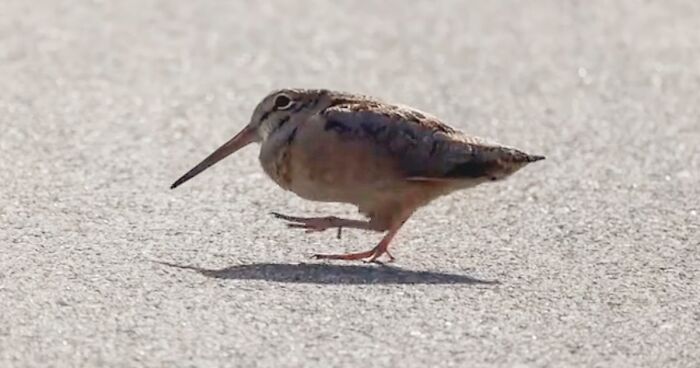
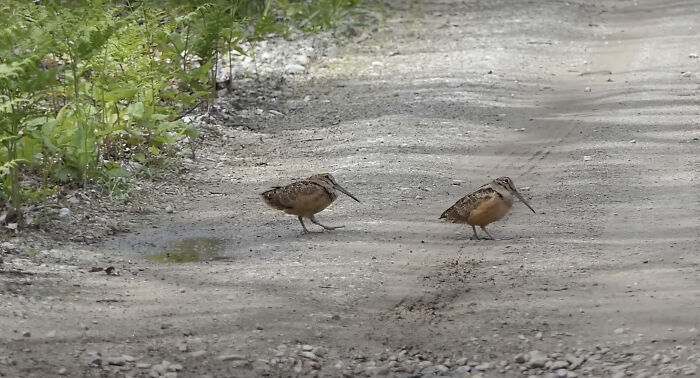
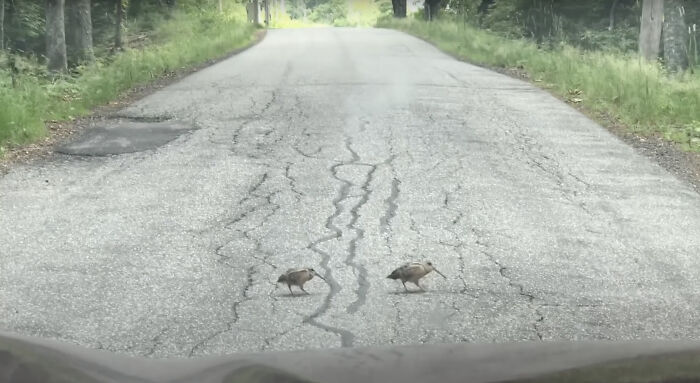
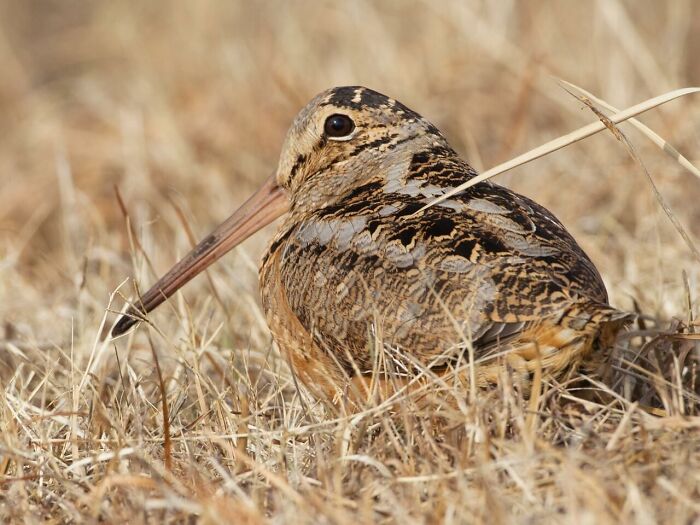

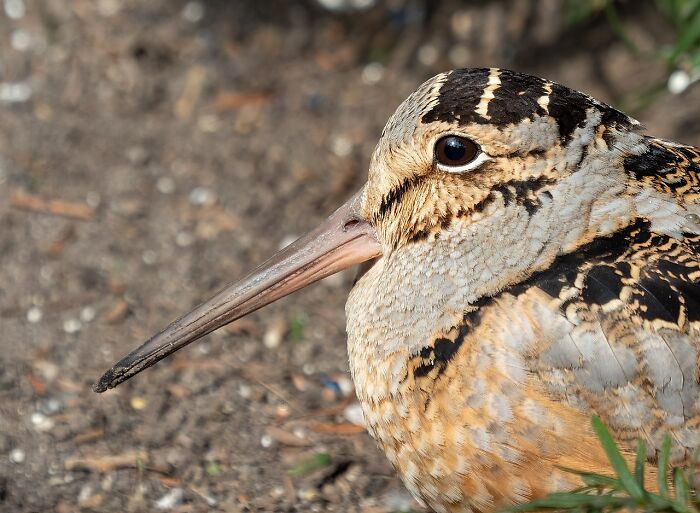
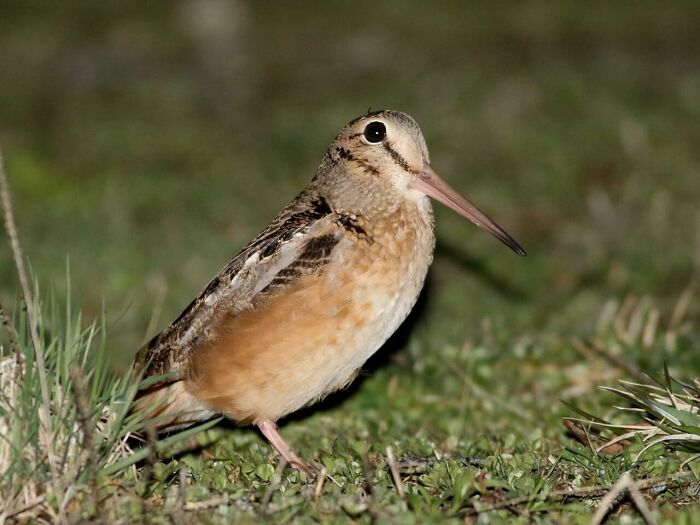





















































82
37